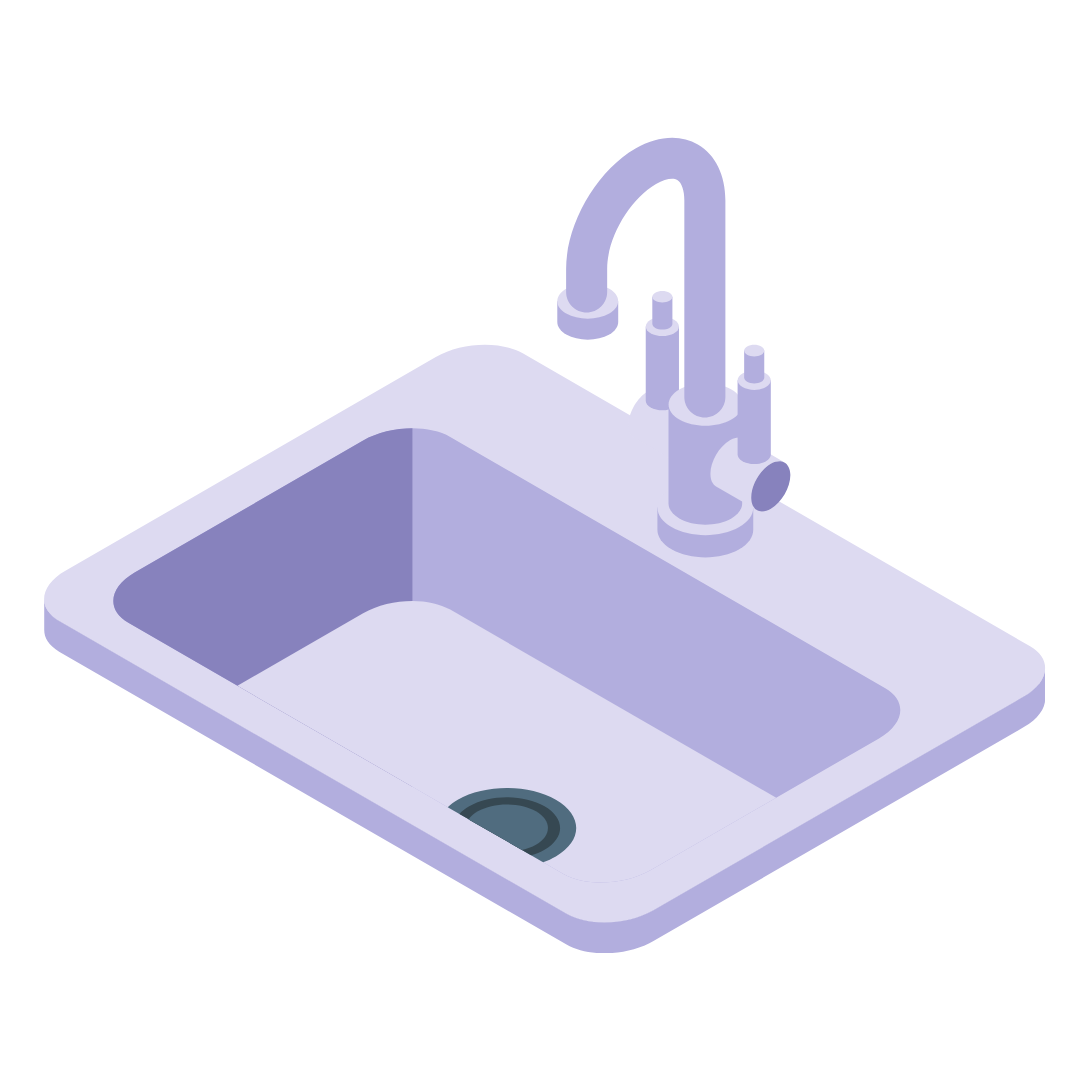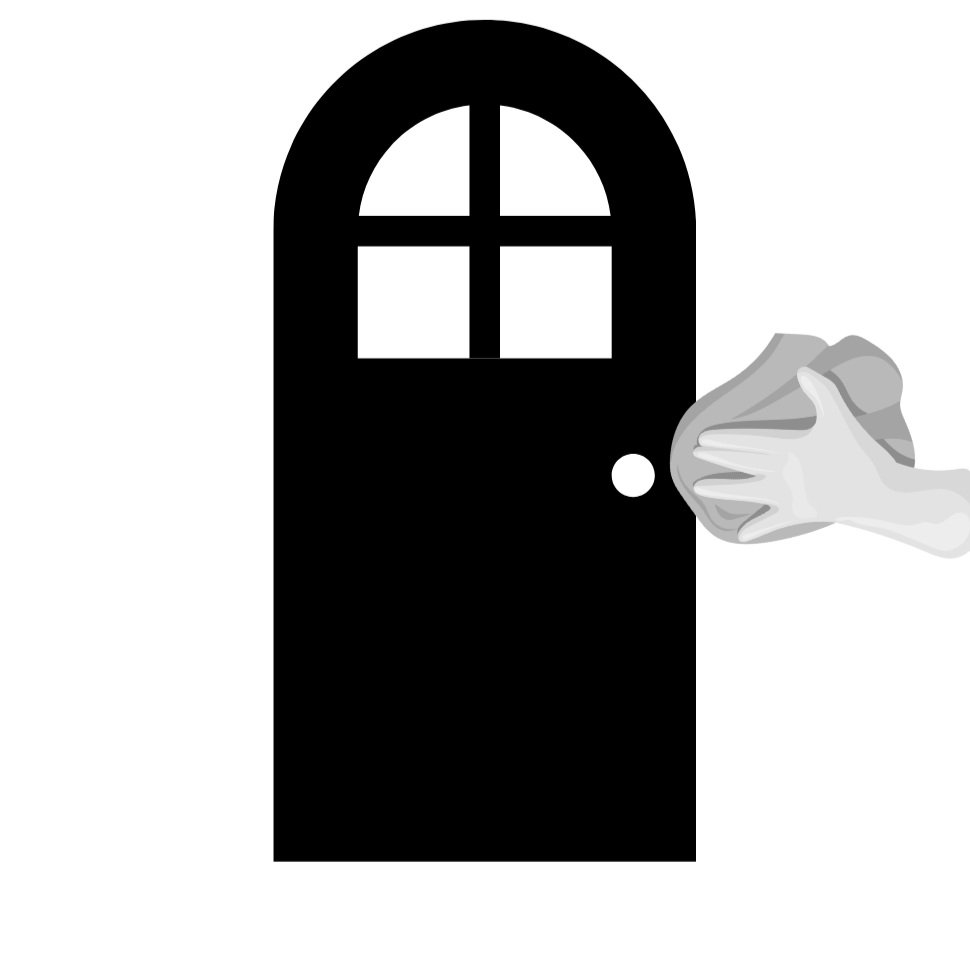Green Cleaning: 8 ways to use Bicarbonate of Soda
Running a refill stall, I have seen an increased demand in the past 12-months for the 'raw' ingredients needed to make green cleaning products. Some of this is down to Nancy Birtwhistle, former Bake Off winner and now all round green cleaning guru (I love her and wish she'd adopt me!). She has amassed a huge following on social media by sharing her tips and recipes for making your own green cleaning products. There is a definite sea-change of people wanting to move away from chemical-laden products, as they become increasingly aware of the long-term damage they cause.
So, which ingredients do you need for making your own green cleaning products and where do you start?
The first rule of an eco-conscious lifestyle is to always use up what you've got first. So let that be your starting point. Which cleaning product are you about to run out of? Then just make one change at a time. Remember to keep hold of any useful jars, tubs and bottles (mayonnaise jars, squeezy ketchup bottles, ice cream tubs, spray bottles etc).
In this, the first of my Green Cleaning blogs, I’m going to focus on Bicarbonate of Soda (generally just referred to as ‘bicarb’, also known as baking soda, especially in the US). It’s one of the easiest ingredients to work with, and one I’ve been using for years.
Remember: if you have a refill store near you, this is the best way to buy the raw cleaning ingredients as you can use your own containers, reducing unnecessary packaging and buying just the amount you need.
8 ways to use Bicarbonate of Soda
I use lots of bicarb! I have some in a jar and also a flour shaker full of it too (clearly labelled…).
1.Shake bicarb sparingly onto your sink and draining board at the end of the day for an easy clean. Just wipe and rinse with warm water.
2.Use a toothbrush and small amount of water to create a paste with the bicarb for cleaning marks off white trainers. Wipe with a clean damp cloth to remove any residue.
3.Shake bicarb onto carpets and leave for as long as you can before vacuuming. It deodorises your carpets. If you have time, follow up by lightly wiping a clean damp cloth across the carpet for a superior finish (especially at the edges of the room)- don't rub the carpet though as that can damage the pile. Then give it another quick vacuum once dry.
4.Use a clean damp cloth and dab into bicarb to remove scuff marks from doors and walls. Wipe with another clean damp cloth to remove any residue.
5.Shake bicarb over your mattress and leave for as long as you can before vacuuming. It deodorises your mattress.
6.Make your own cream paste with bicarb, a little vegetable glycerine and a squeeze of eco washing-up liquid. It’s perfect for cleaning sinks, taps and anything that needs a little abrasion. See Nancy Birtwhistle’s Cream Cleaner recipe in her Green Living Made easy book (we sell this book on our van!).
7.Sprinkle some bicarb at the bottom of your bin to help neutralise odours - especially during a hot summer.
8.Put a few scoops of bicarb into an old sock, then put it into a smelly trainer to neutralise the whiff!
As you can see, bicarb can take the place of some existing cleaning products in your home: cream cleaner, vacuuming powder, bin deodoriser and trainer cleaner.
There are lots of other uses for bicarb, the above are just the main things I use it for at home. I hope you find this useful as a guide for getting started with your green cleaning.
Keep an eye out for my next Green Cleaning blog, where I’ll look at the different uses for white vinegar.










